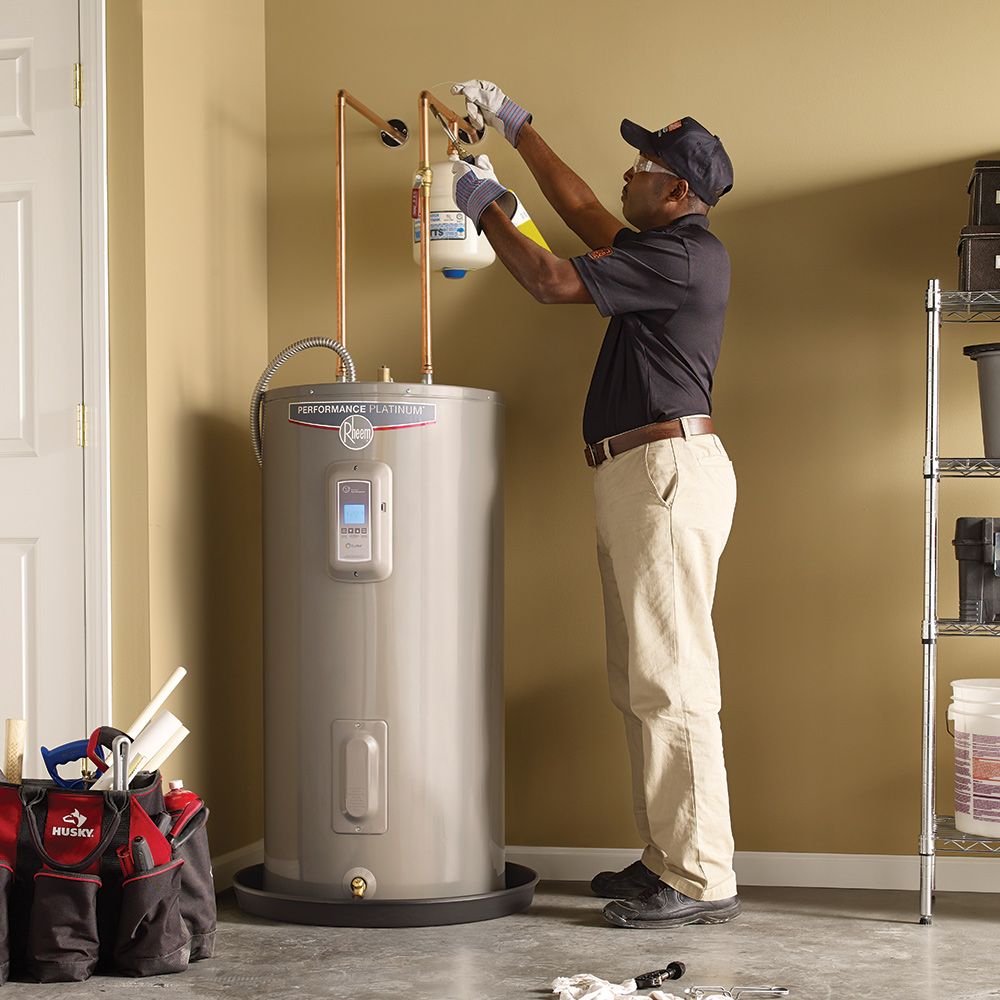They are making several good points about How to Maintain a Hot Water Heater in a Few Simple Steps overall in this post followed below.

Hot water is necessary for daily comfort, whether it's for a revitalizing shower or cleaning dishes. To guarantee your hot water system runs successfully and lasts longer, normal maintenance is crucial. This short article offers practical ideas and insights on how to maintain your home's warm water system to avoid disruptions and pricey repair work.
Intro
Maintaining your home's warm water system might appear daunting, but with a few easy actions, you can ensure it runs smoothly for many years ahead. This overview covers everything from comprehending your warm water system to DIY upkeep pointers and knowing when to contact expert help.
Importance of Preserving Your Hot Water System
Routine upkeep not only prolongs the life-span of your warm water system yet also guarantees it runs efficiently. Ignoring maintenance can bring about lowered efficiency, higher energy expenses, and even early failure of the system.
Signs Your Hot Water System Requirements Upkeep
Recognizing when your hot water system needs interest can protect against major problems. Watch out for indicators such as inconsistent water temperature, strange noises from the heater, or corroded water.
Recognizing Your Warm Water System
Prior to diving into maintenance tasks, it's useful to understand the basic elements of your warm water system. Commonly, this consists of the water heater itself, pipes, anode rods, and temperature controls.
Regular Monthly Upkeep Tasks
Routine monthly checks can assist catch small problems prior to they escalate.
Flushing the Water Heater
Flushing your water heater eliminates debris accumulation, enhancing performance and lengthening its life.
Checking and Replacing Anode Rods
Anode rods stop deterioration inside the container. Inspecting and replacing them when broken is essential.
Examining and Changing Temperature Level Setups
Readjusting the temperature settings ensures optimum efficiency and security.
DIY Tips for Upkeep
You can carry out numerous upkeep tasks on your own to maintain your hot water system in leading problem.
Checking for Leaks
Frequently examine pipelines and connections for leaks, as these can bring about water damage and greater costs.
Checking Pressure Relief Valves
Testing the stress safety valve ensures it operates properly and prevents extreme pressure build-up.
Insulating Pipes
Shielding warm water pipes reduces warm loss and can save power.
When to Call an Expert
While DIY upkeep is helpful, some issues need expert proficiency.
Facility Problems Requiring Professional Aid
Examples consist of major leaks, electric issues, or if your hot water heater is constantly underperforming.
Routine Professional Maintenance Advantages
Professional upkeep can include comprehensive examinations, tune-ups, and making sure compliance with security requirements.
Conclusion
Regular upkeep of your home's hot water system is essential for effectiveness, longevity, and price savings. By complying with these tips and knowing when to look for professional aid, you can guarantee a reliable supply of hot water without unforeseen disturbances.
How to Maintain an Instant Hot Water Heater
Before tinkering with your hot water heater, make sure that it’s not powered on. You also have to turn off the main circuit breaker and shut off the main gas line to prevent accidents. Also turn off the water valves connected to your unit to prevent water from flowing into and out of the appliance. 2. When you’re done, you have to detach the purge valves’ caps. These look like the letter “T” and are situated on either side of the water valves. Doing so will release any pressure that has accumulated inside the valves while at the same time avoid hot water from shooting out and burning your skin. 3. When the purge valves’ caps are removed, you have to connect your hosing lines to the valves. Your unit should have come with three hoses but if it didn’t, you can purchase these things from any hardware or home repair shops. You can also get them from retail stores that sell water heating systems. Read the user’s manual and follow it to complete this task properly. When the hosing lines are connected, open the purge port’s valves. 4. You should never use harsh chemical cleaners or solutions when cleaning your unit. Make use of white vinegar instead. It should be undiluted and you’ll probably use about 2 gallons. 5. Now flush your water heater. This task should probably take about 40 minutes. We can’t give you specific directions for this because the procedure is carried out depending on the type, model and brand of your heater. With that being said, refer to the user’s manual. 6. When you’re done draining the unit, you have to turn off the purge port valves again. Remove the hosing lines that you earlier installed on each of the water valves. Put the valve caps (purge port) back in their respective places and be very careful so as not to damage the rubber discs that are found inside these caps. 7. Now that everything’s back in place, check your user’s manual again to find out how to reactivate your water heating system. 8. Once it is working, turn one of your hot water faucets on just to let air pass through the heater’s water supply pipes. Leave the tap on until water flows smoothly out of it. https://www.orrplumbing.com/blog/2014/september/how-to-maintain-an-instant-hot-water-heater/

I was made aware of that report on Tips For Maintaining Your Hot Water Heater through a buddy on a different web blog. Enjoyed our review? Please share it. Let somebody else check it out. We appreciate your readership.
Schedule Here